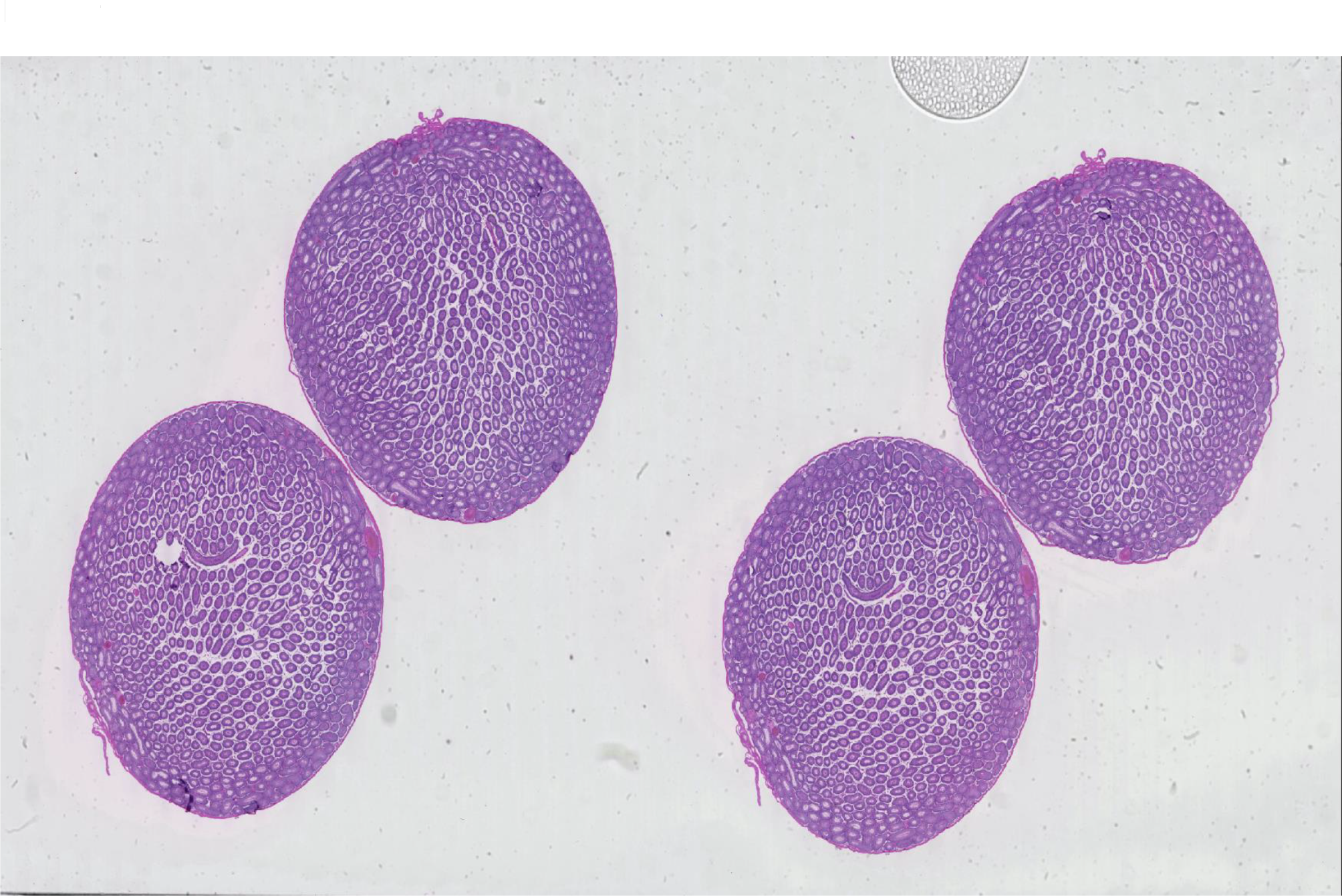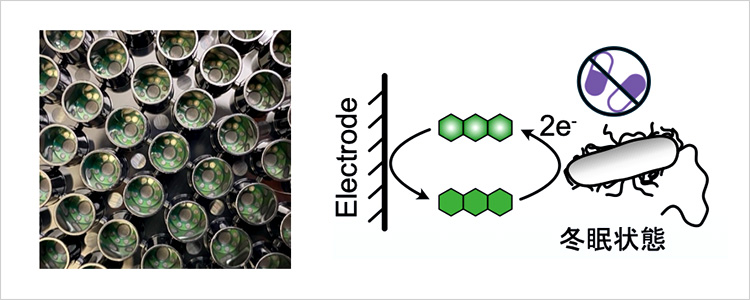2024-11-14 ワシントン州立大学(WSU)
<関連情報>
- https://news.wsu.edu/press-release/2024/11/14/ai-method-can-spot-potential-disease-faster-better-than-humans/
- https://www.nature.com/articles/s41598-024-76807-x
スケーラブルなディープラーニング人工知能による病理組織スライド解析と検証 Scalable deep learning artificial intelligence histopathology slide analysis and validation
Colin Greeley,Lawrence Holder>,Eric E. Nilsson & Michael K. Skinner
Scientific Reports Published:05 November 2024
DOI:https://doi.org/10.1038/s41598-024-76807-x

Abstract
Deep learning involves an artificial intelligence (AI) approach and has been shown to provide superior performance for automating image recognition tasks, as well as exceeding human capabilities in both time and accuracy. Histopathology diagnostics is one of the more popular challenges at the intersection of artificial intelligence, computer vision, and medicine. Developing methods to automatically detect and identify pathologies in digitized histology slides imposes unique challenges due to the large size of these images and the complexity of the features present in biological tissue. Most methods that are capable of human-level recognition in histopathology are tuned to a specific problem since the computational complexity exceeds that of traditional image classification problems. In the current study, a deep learning approach is developed and presented that can be trained to locate and accurately classify different types of pathologies in gigapixel digitized histology slides along with completing the binary disease classification for the entire image. The approach uses a novel pyramid tiling approach to take advantage of spatial awareness around the area to be classified, while maintaining efficiency and scalability for gigapixel images. The approach is trained and validated on a wide variety of tissue types (i.e., testis, ovary, prostate, kidney) and pathologies taken from an epigenetically altered histology study at Washington State University. The newly developed procedure was optimized and validated along with comparison and validation on public histology datasets. The current developed procedure was found to be optimal and more reproducible when compared to manual procedures, and optimal to previous protocols that used fragmented tissue or slide analysis. Observations demonstrate that the deep learning histopathology analysis is significantly more efficient and accurate than standard manual histopathology analysis.


